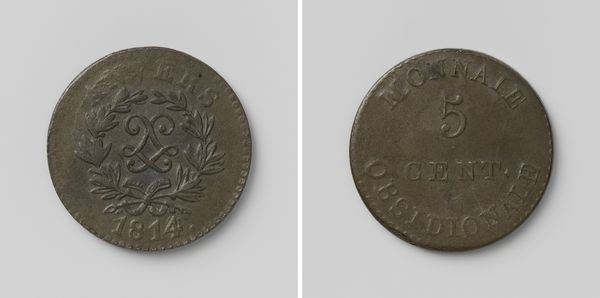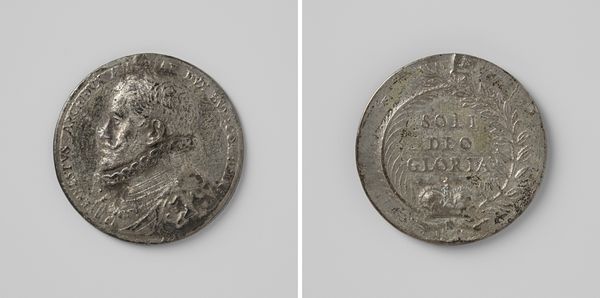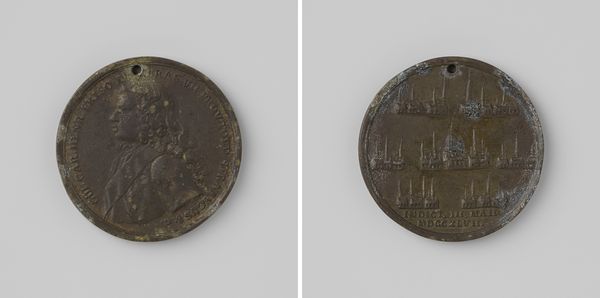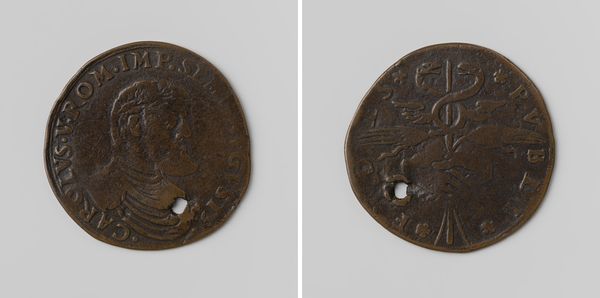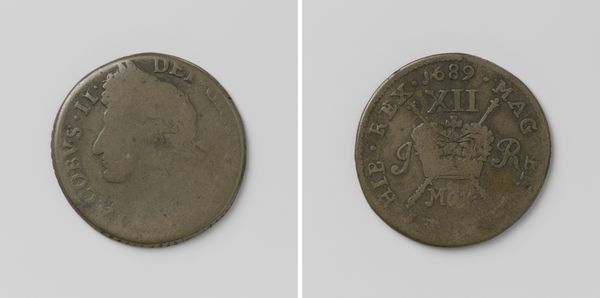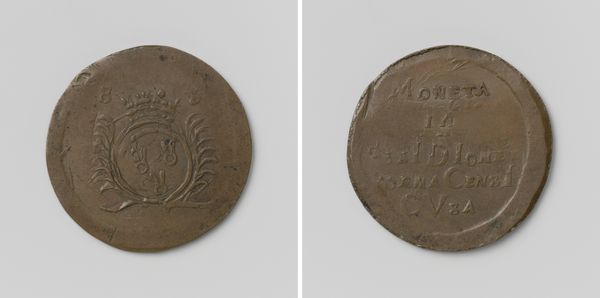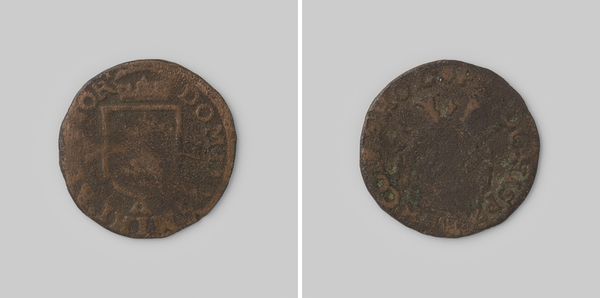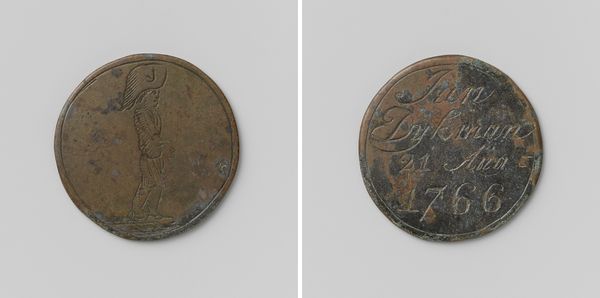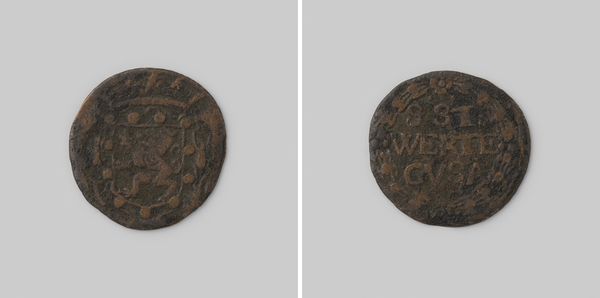
metal, relief
#
portrait
#
dutch-golden-age
#
metal
#
relief
#
form
Dimensions: diameter 3.3 cm, weight 9.51 gr
Copyright: Rijks Museum: Open Domain
Editor: Here we have a guild badge made of metal, dating back to 1697. It's titled 'Linnenweversgilde van Amsterdam, gildepenning van Joost Burgerinck.' Looking at it, I’m curious about the social status and power of these guilds. What’s the significance of having a personalized guild badge during that time? Curator: That’s an excellent point. Guild badges like these weren't just identifiers; they were potent symbols of socio-economic identity and a physical manifestation of power within the Dutch Golden Age. These badges signaled membership in a collective body that regulated trade, ensured quality, and provided social support to its members. In a city like Amsterdam, where commerce reigned supreme, belonging to a successful guild meant influence, political leverage, and social standing. Editor: So, it’s more than just joining a club. What do the emblems themselves represent? Curator: Exactly! And consider this: the act of commissioning such a badge reflects an investment in the guild's image and perpetuation. These weren't mass-produced; they were crafted, indicating the guild's resources and desire to project a certain image to the outside world. The imagery, which appears to show equipment relating to linen production, would reinforce their craft's importance in Amsterdam’s thriving economy. Don't you agree? Editor: Absolutely. The individualized aspect emphasizes pride and also commitment, and highlights how crucial such organizations were to life in that era. The fact that it’s lasted until now emphasizes the lasting effect they had on their members and in the public's perception. Curator: Precisely! This piece invites us to reflect on how seemingly mundane objects can offer profound insights into the social fabric of the past.
Comments
No comments
Be the first to comment and join the conversation on the ultimate creative platform.

